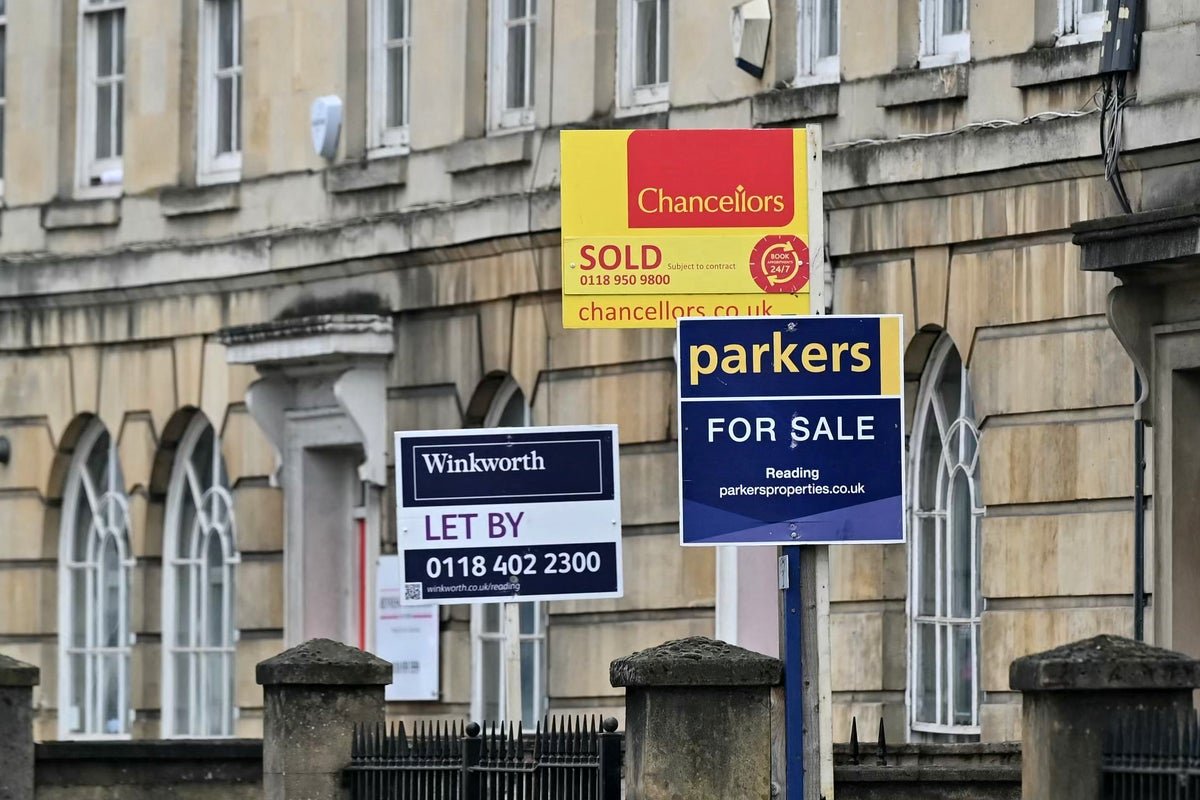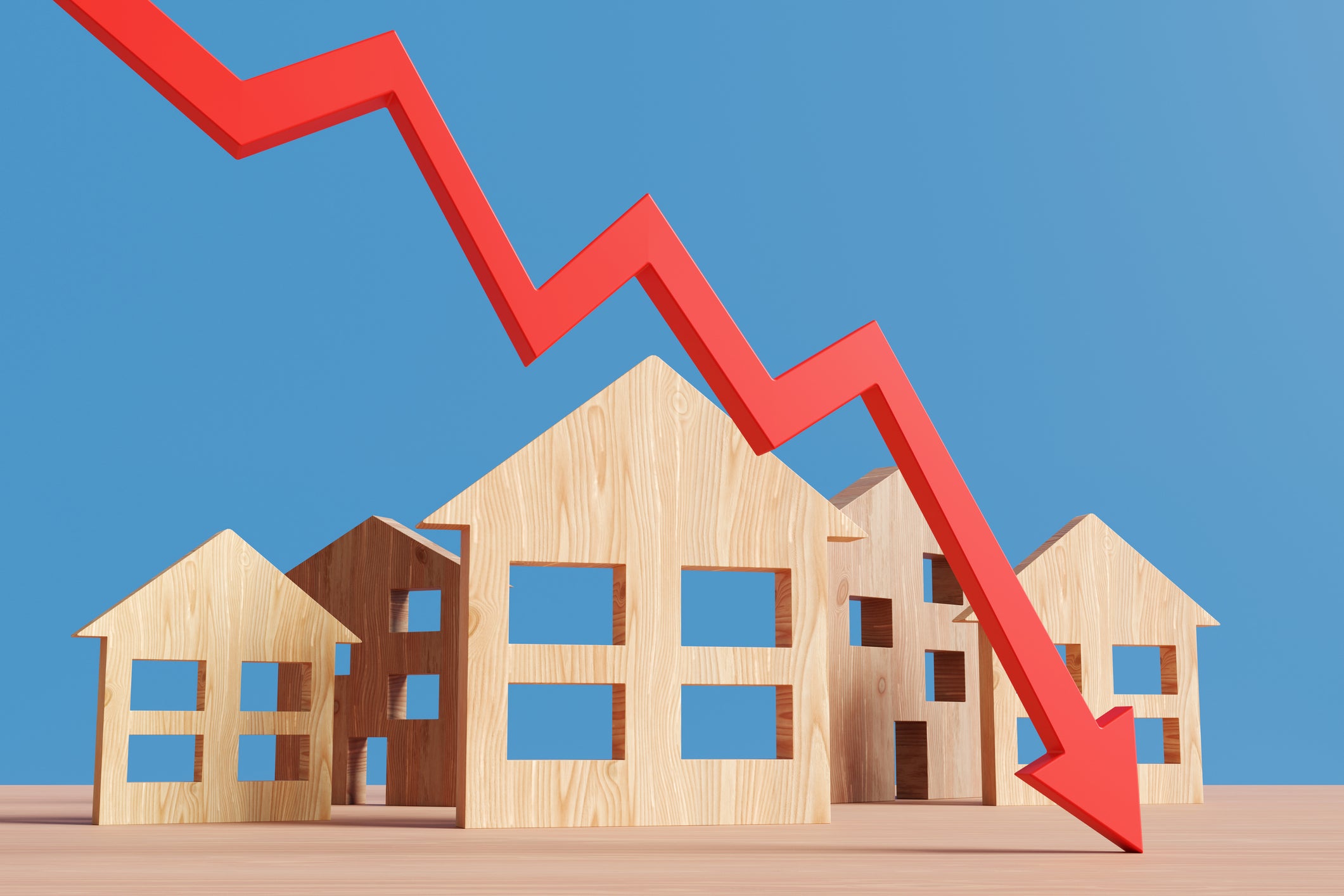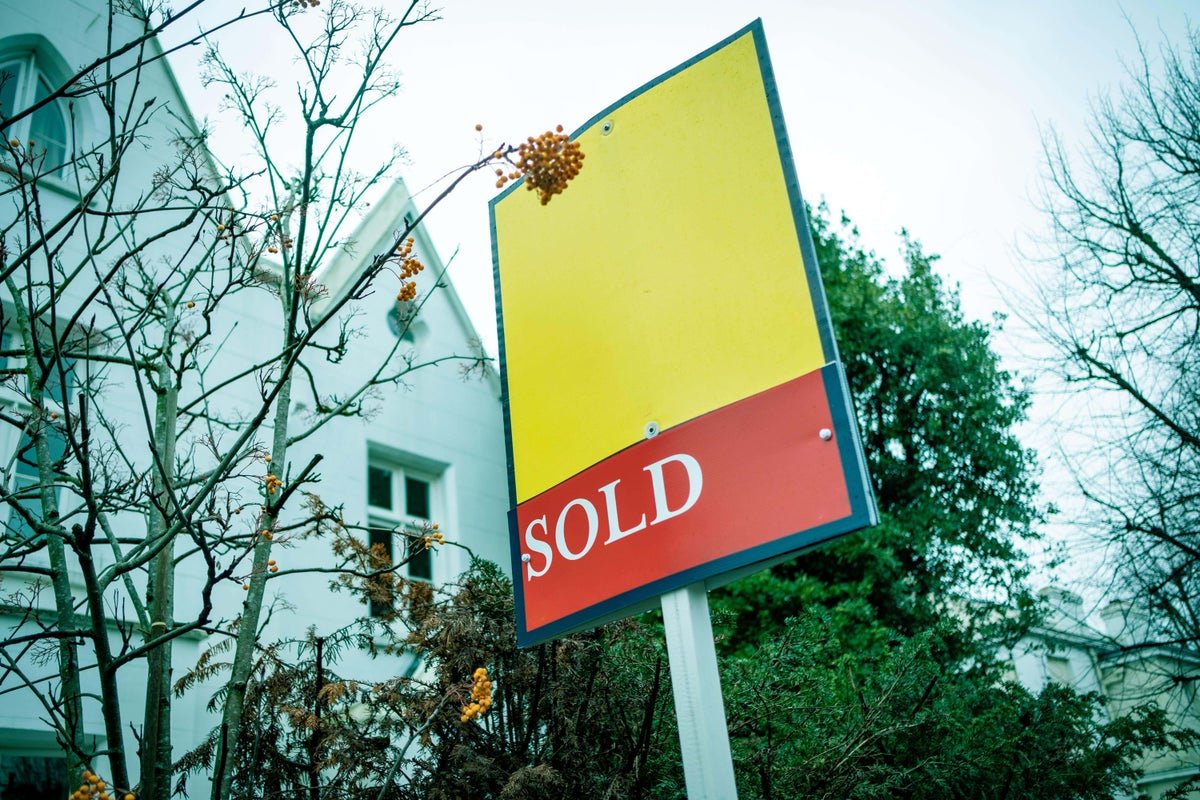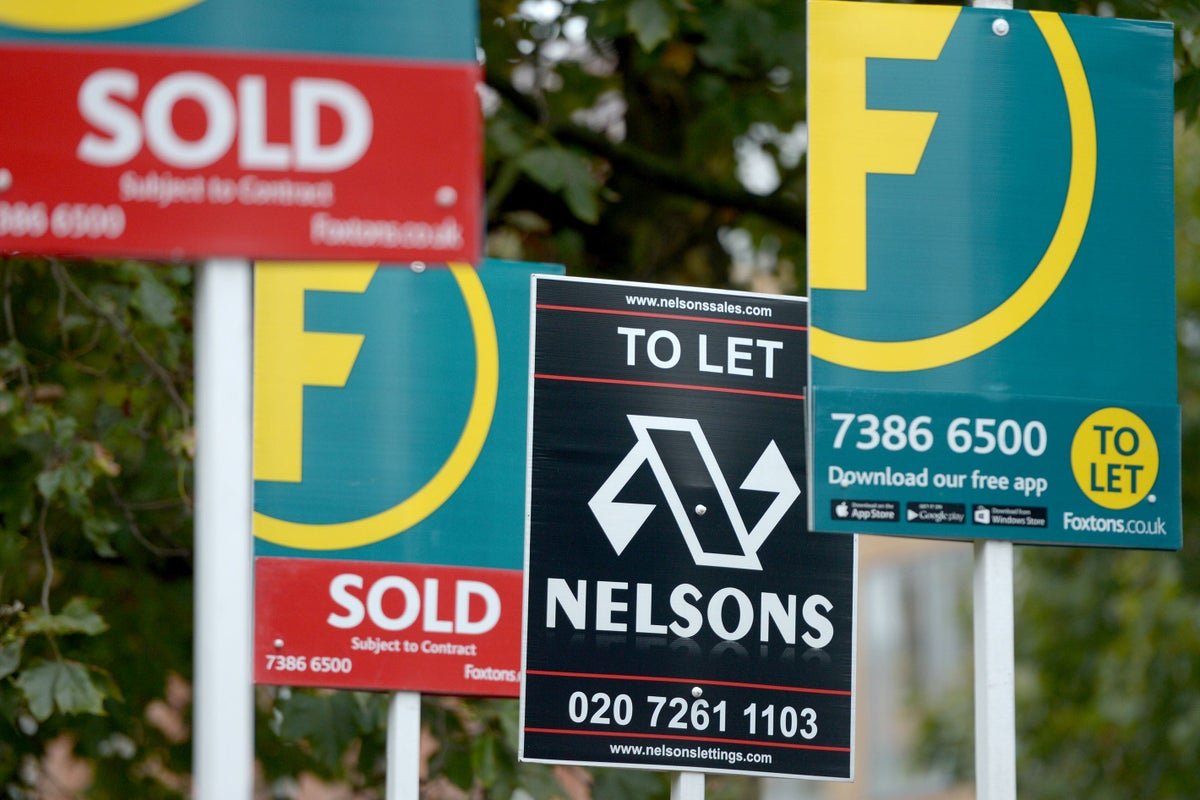
House prices fell in April – here’s why and what might happen next in the property market
The average price of UK houses fell by 0.6 per cent in April, data from Nationwide shows – just as stamp duty discounts became less generous.
Across the UK, the annual rate of house price growth slowed to 3.4 per cent in April, from 3.9 per cent in March, taking the average property value in April to £270,752, Nationwide Building Society said.
The softening of house price growth comes despite news that house sales more than doubled in March on a year-on-year basis.
More than 175,000 house sales are estimated to have been completed in March, a 104 per cent increase on the same month in 2024, as well as being 62 per cent higher than completions in February of this year.
A large part of the reason for that flood of house buying – and the subsequent quieter period in April which has led to that fall in house prices – was the change to stamp duty.
Why did house prices fall?
Those completions were rushed for a good reason: stamp duty changes mean the same property can now cost thousands of pounds more to buy.
Buyers of homes worth less than £125,000 do not have to pay stamp duty, but this is half the previous threshold. For first-time buyers, the threshold to pay Stamp Duty has dropped from £450,000 to £300,000.
“These changes have increased upfront costs, particularly for those purchasing in higher-value areas,” explained Holly Tomlinson, financial planner at Quilter.

“For example, a first-time buyer purchasing a £500,000 property now faces a stamp duty bill of £10,000, compared with £3,750 under the previous regime. This shift in taxation has added a further affordability hurdle at a time when many buyers are already stretched.
“With that deadline now passed, market momentum has cooled once again leading to today’s drop in prices.”
Buyer’s market – but not a busy one
In most commodities, when prices go down, demand can go up.
That naturally means we may see a buyer’s market, but Jonathan Hopper, CEO of Garrington Property Finders, doesn’t foresee a rapid turnaround.
The north-south price divide has slightly narrowed, he said, but that means the potential for getting discounts on asking prices is somewhat skewed towards the higher prices in the south.
Alice Haine, personal finance analyst at Bestinvest by Evelyn Partners, pointed out that there has been a rise in new listings for sale, but that is normal for this time of year – as are fewer buyers being in the market, both factors of which act as an effective ceiling for asking prices.

“A spike in the number of homes for sale is typical for this time of year as buyers look to take advantage of improving temperatures and longer daylight hours to showcase their interiors and gardens,” she said.
“While more homes for sale gives buyers greater choice, the uptick in listings is not being met by a similar uplift in demand.
“This is a result of the seasonal slowdown that typically occurs as people head off on holiday and buyers err on the side of caution in the face of fresh affordability challenges.”
Those other challenges, Ms Haine noted, included rising energy or council tax bills and uncertainty around the tariff trade war, as well as Stamp Duty costs.
Interest rates will impact
Outside of supply and demand, one other factor will have a big impact on house prices across the rest of the year.
In a little over a week, the Bank of England’s Monetary Policy Committee will meet to deliver what is expected to be a cut to the Bank Rate, with back-to-back interest rate cuts a distinct possibility at this stage.
Two cuts would bring the rate down to four per cent for the first time in more than two years, allowing more people to seek out new mortgage deals with lower repayment costs than have been available recently – potentially convincing those who have been considering buying to take the plunge.
The Bank of England estimate that around 800,000 fixed-rate mortgages which carry an interest rate of 3 per cent or lower will need to be refinanced each year between now and the end of 2027.







